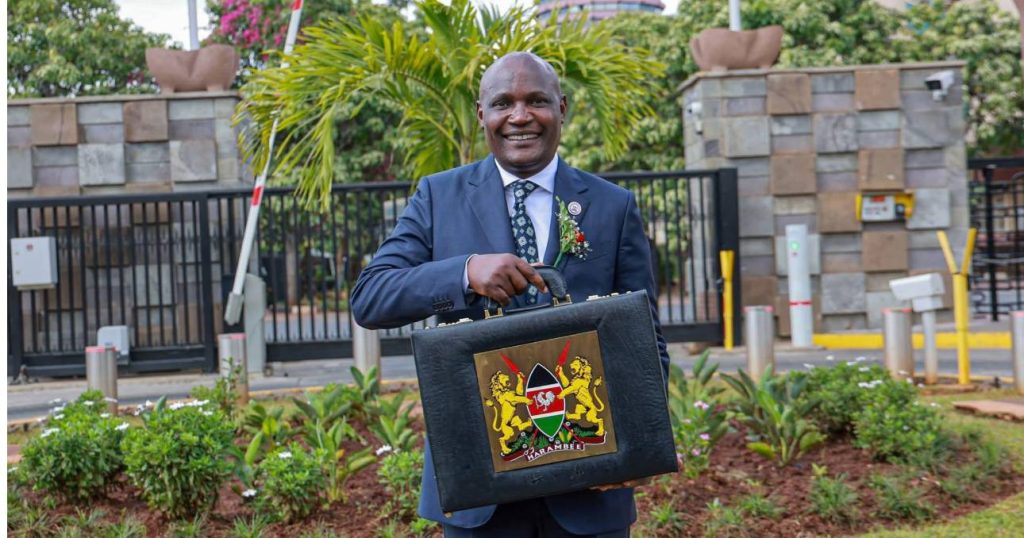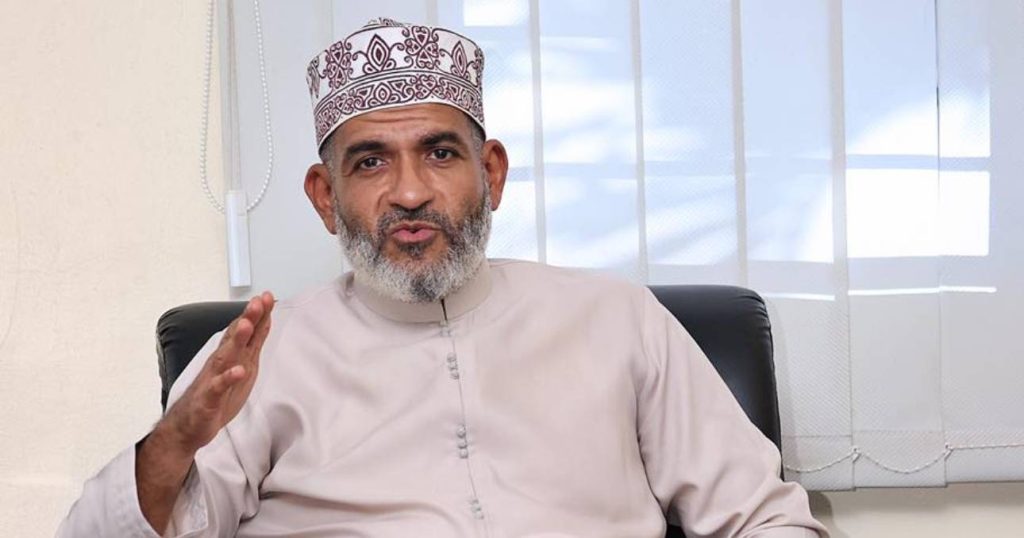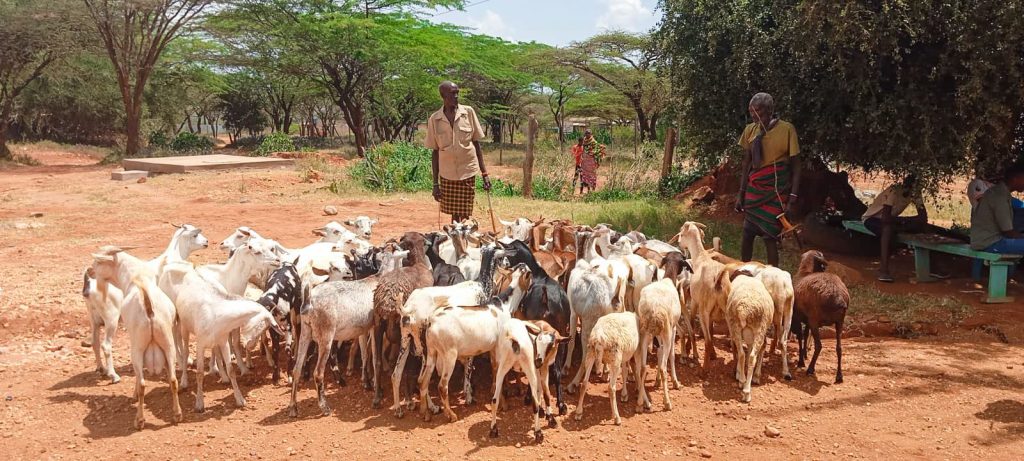The Ministry of Treasury Cabinet Secretary (CS) John Mbadi on June 12, 2025 disclosed that the Kenyan economy registered an average growth of 5.1 percent per year for the period 2022 to 2024.
This growth is well above the world average growth of 3.4 percent and 3.8 percent for the sub-Saharan African region, over the same period.
Speaking while reading the national budget for the financial year 2025/2026 at the National Assembly on Thursday June 12, 2025, Mbadi said that this performance reflects sound and deliberate policies implemented during the period and the agility of a well-diversified economic structure that has enabled the economy to withstand severe impacts of domestic and external shocks.
“Inflation rate has declined to 3.8 percent in May 2025 from a peak of 9.6 percent in October 2022; the Kenya Shilling exchange rate has now stabilized against major international currencies and interest rates have gradually come down in line with the easing of the monetary policy,” said Mbadi.
Mbadi said the government will continue to uphold economic stability and strengthen security to ensure a safe and supportive business environment to support and accelerate economic recovery.
Government will also accelerate the development of key infrastructure, including roads, railways, energy and water systems, to lower the cost of doing business and ease the movement of people and goods.
Meanwhile, the economy is projected to improve and expand by 5.3 percent in 2025 and 2026 driven by enhanced agricultural productivity, a resilient services sector, and the ongoing implementation of policy measures in the priority sectors of the Government’s Bottom-Up Economic Transformation Agenda (BETA).
In 2024, the economy grew by 4.7%, supported by positive growth in all sectors except construction and mining.
This growth was lower than the 5.7% in 2023, mainly due to the adverse effects of floods in the 2nd quarter and the Anti-Finance Bill protests in the 3rd quarter of 2024 that disrupted economic activities.
At the same time, the Treasury CS emphasized that the government will continue to implement measures aimed at reducing the ratio of the government wage bill as a share of tax revenue with a view to freeing much-needed resources for priorities of social and developmental spending.
To control the wage bill, government will fully implement the unified human resource management system across all public sector entities by July 2025.
Additionally, the Salaries and Remuneration Commission (SRC) will sustainably reduce the number of allowances in the Public Service through a phased-out approach aimed at streamlining allowances to improve transparency, accountability, equity, and fairness, thereby ensuring that the total public compensation bill is affordable and fiscally sustainable.









